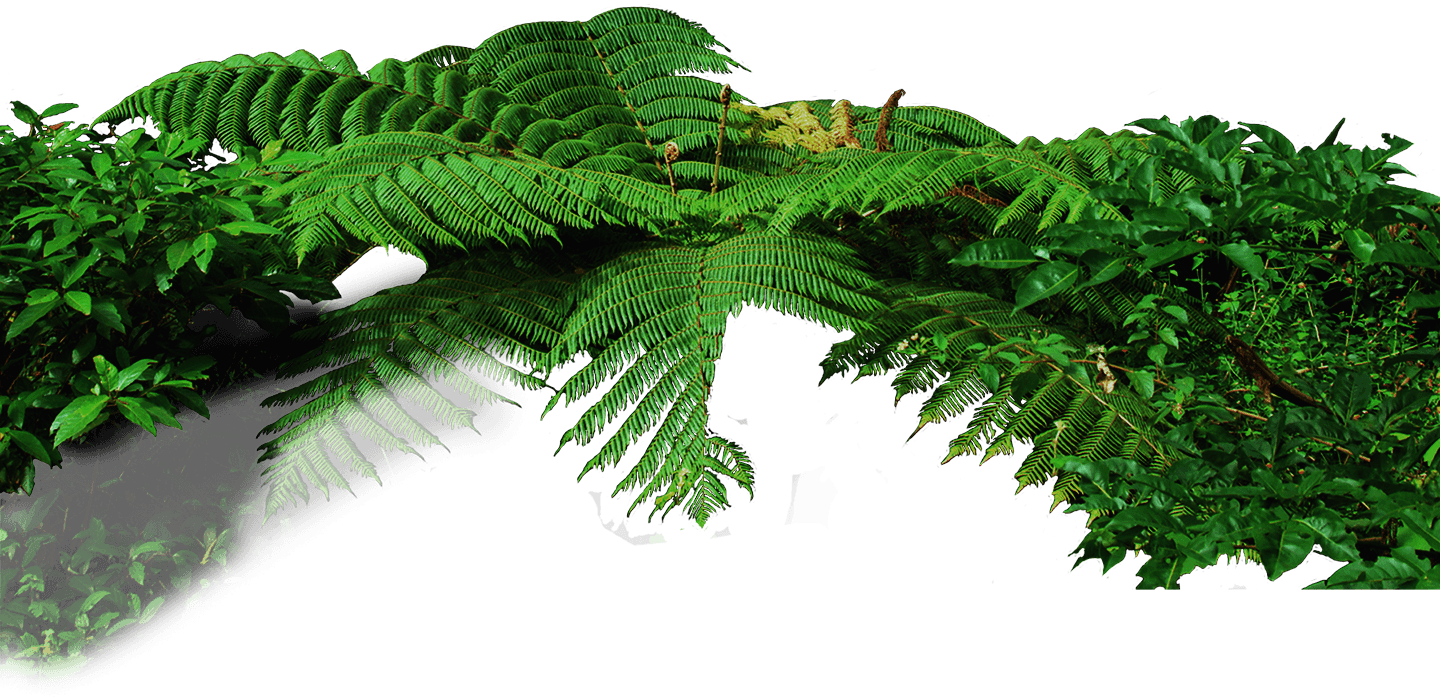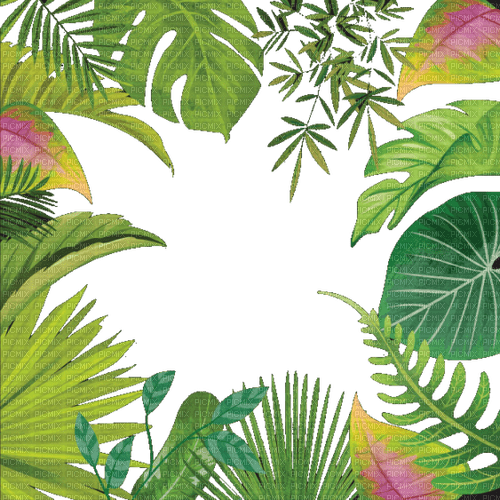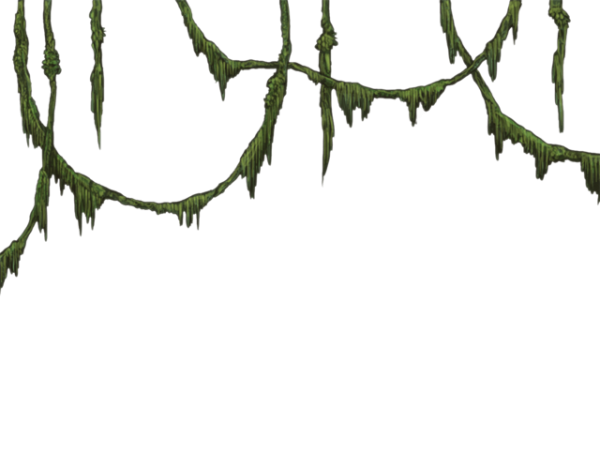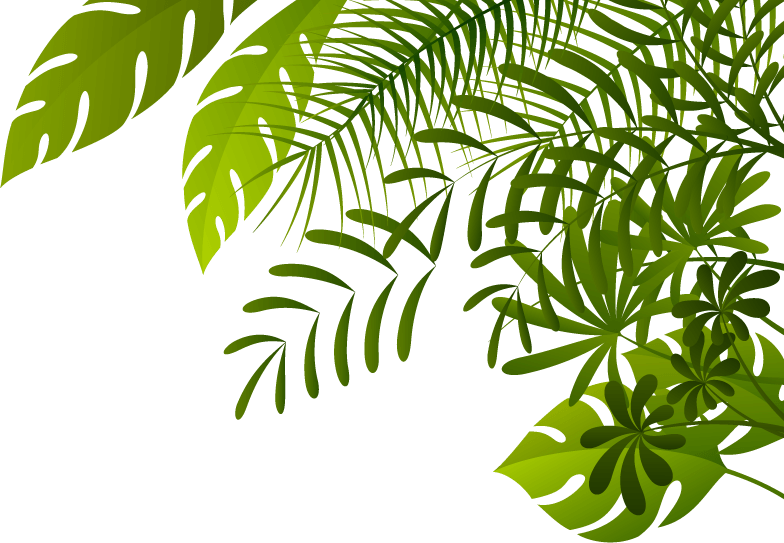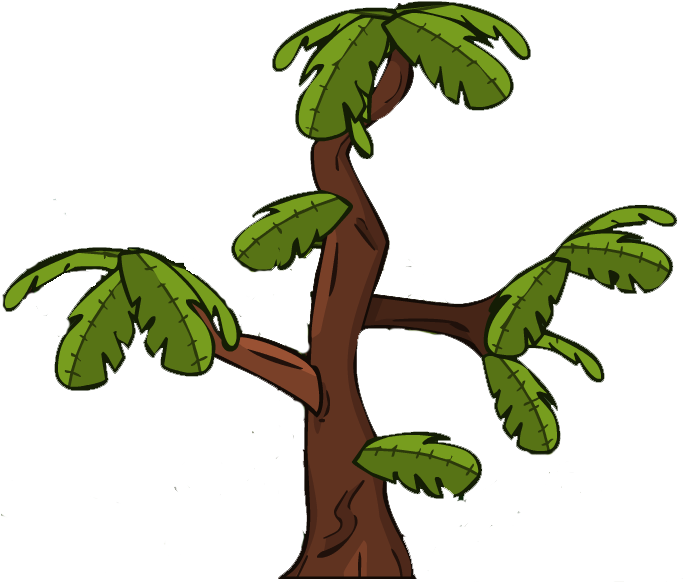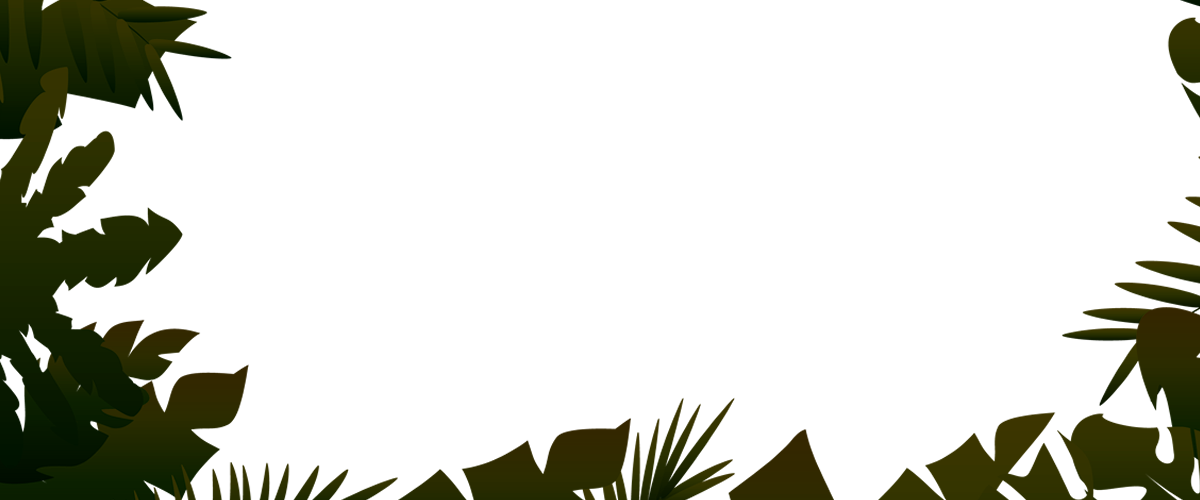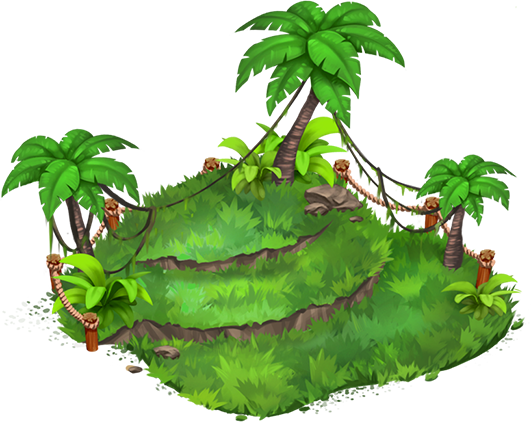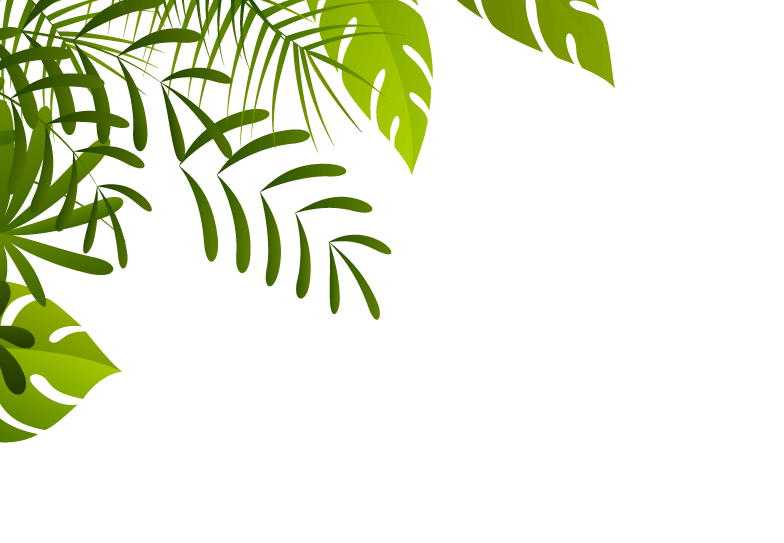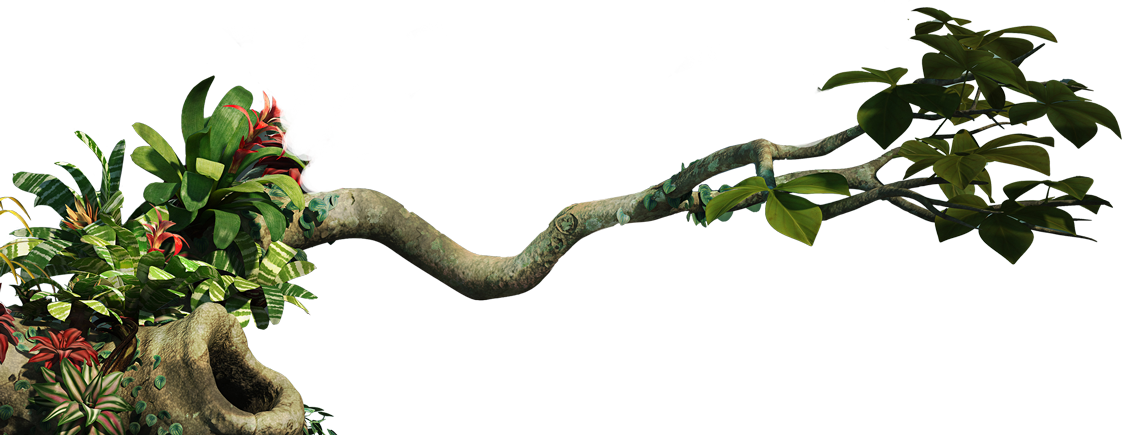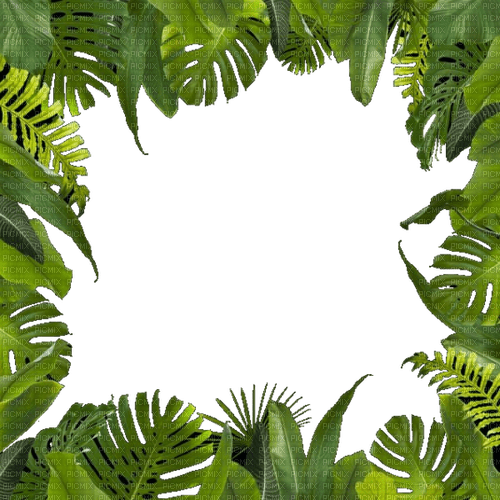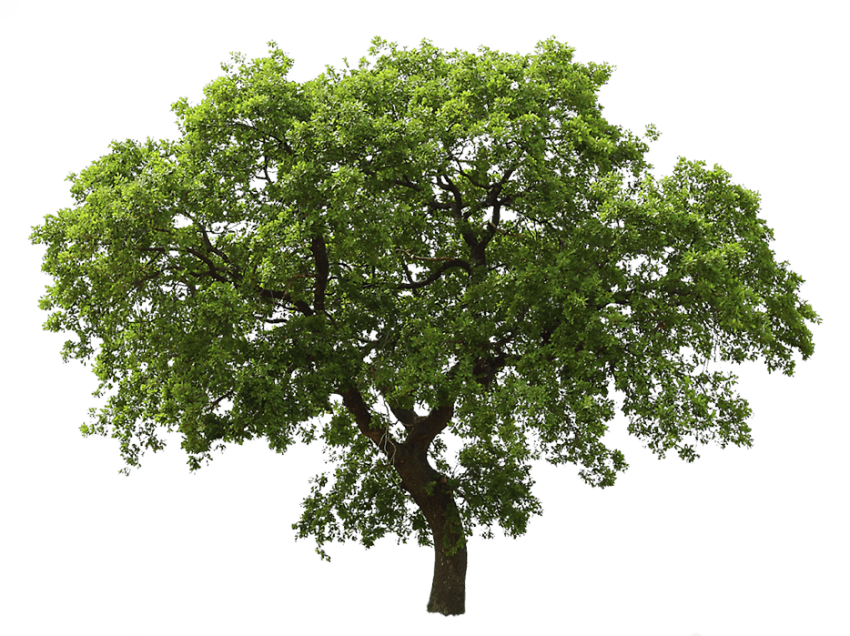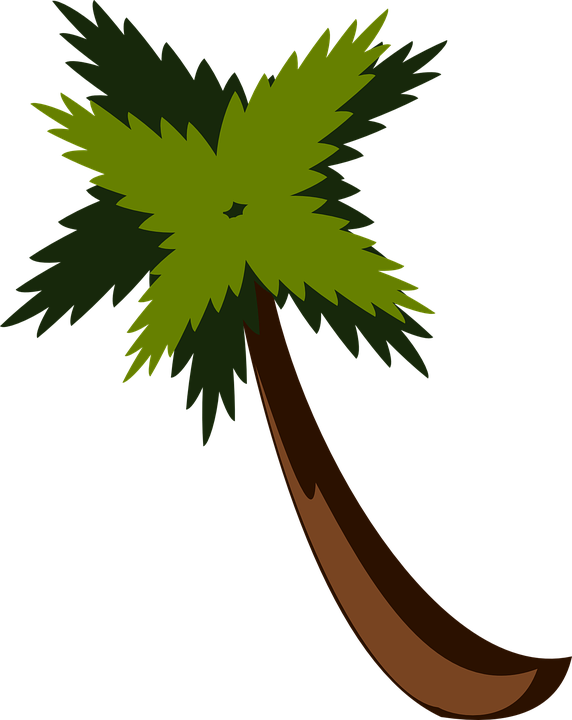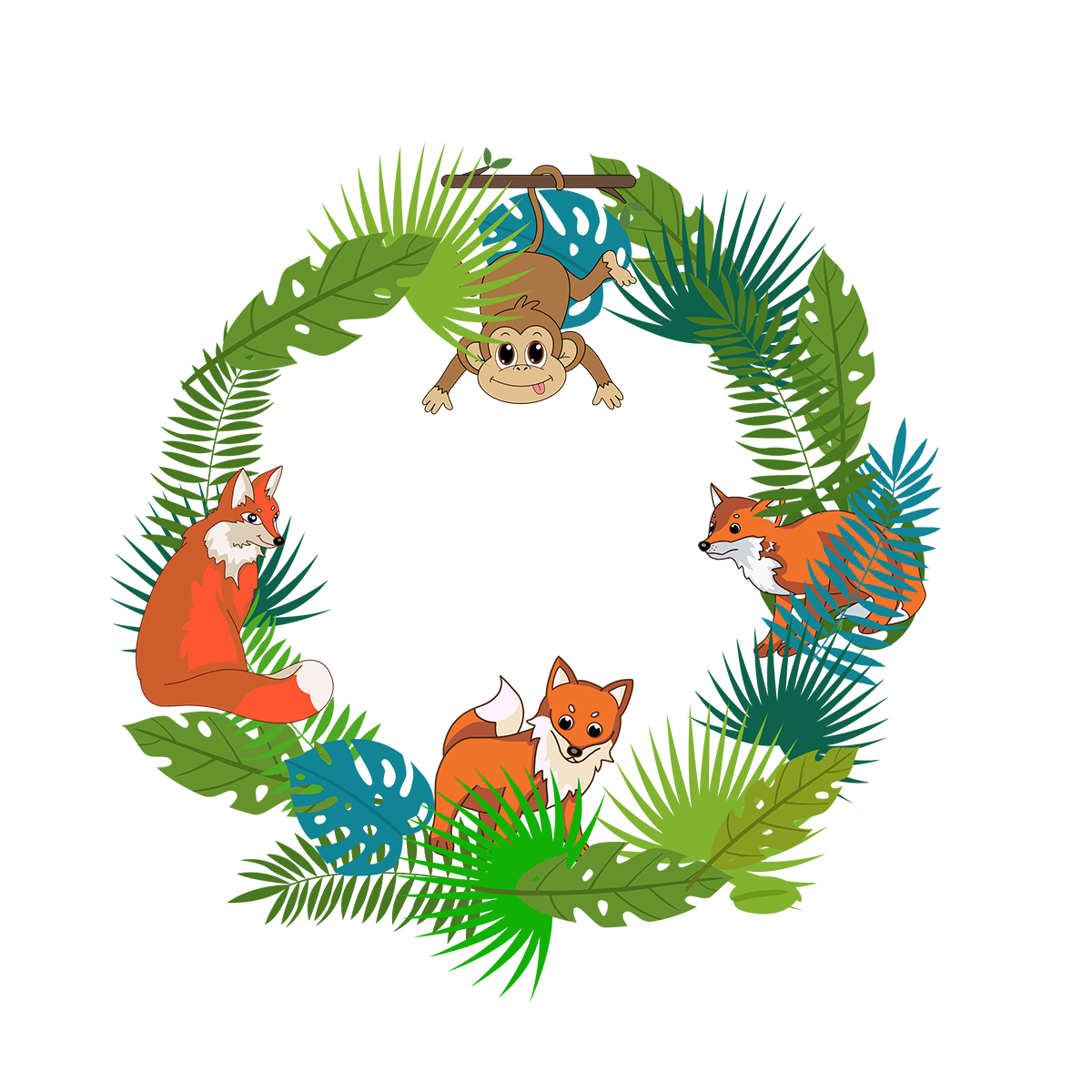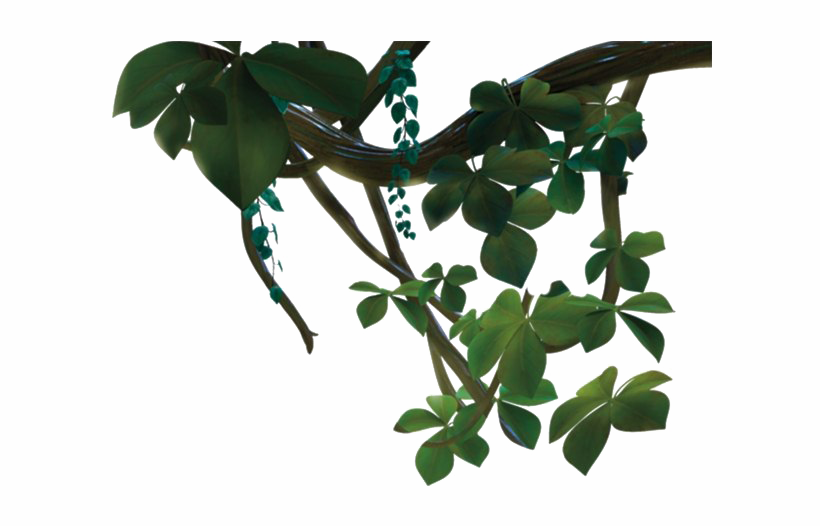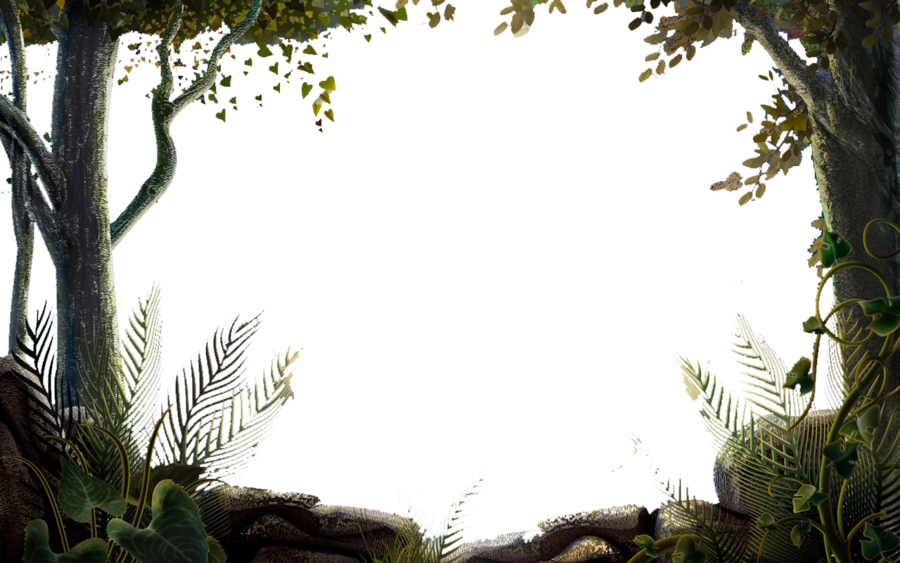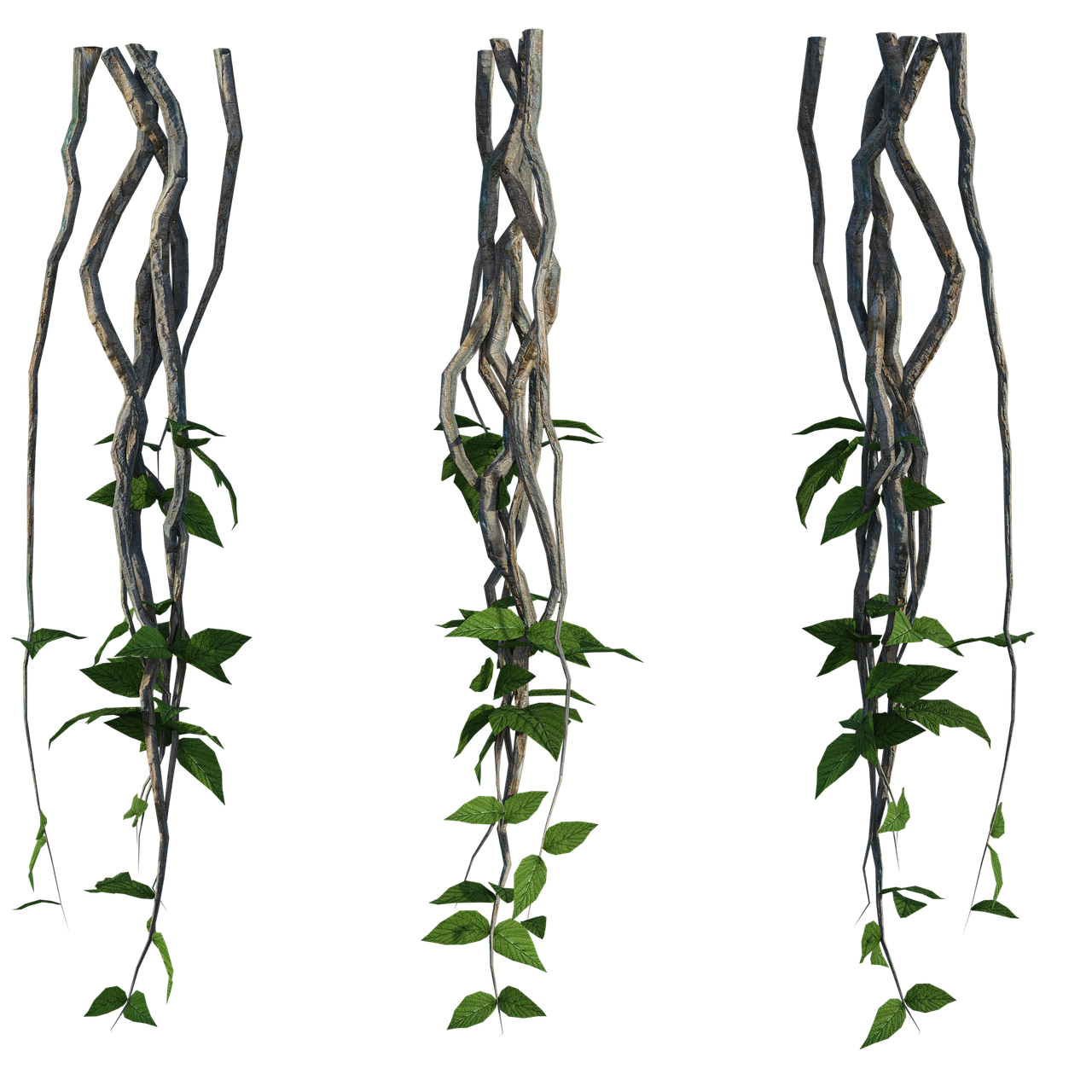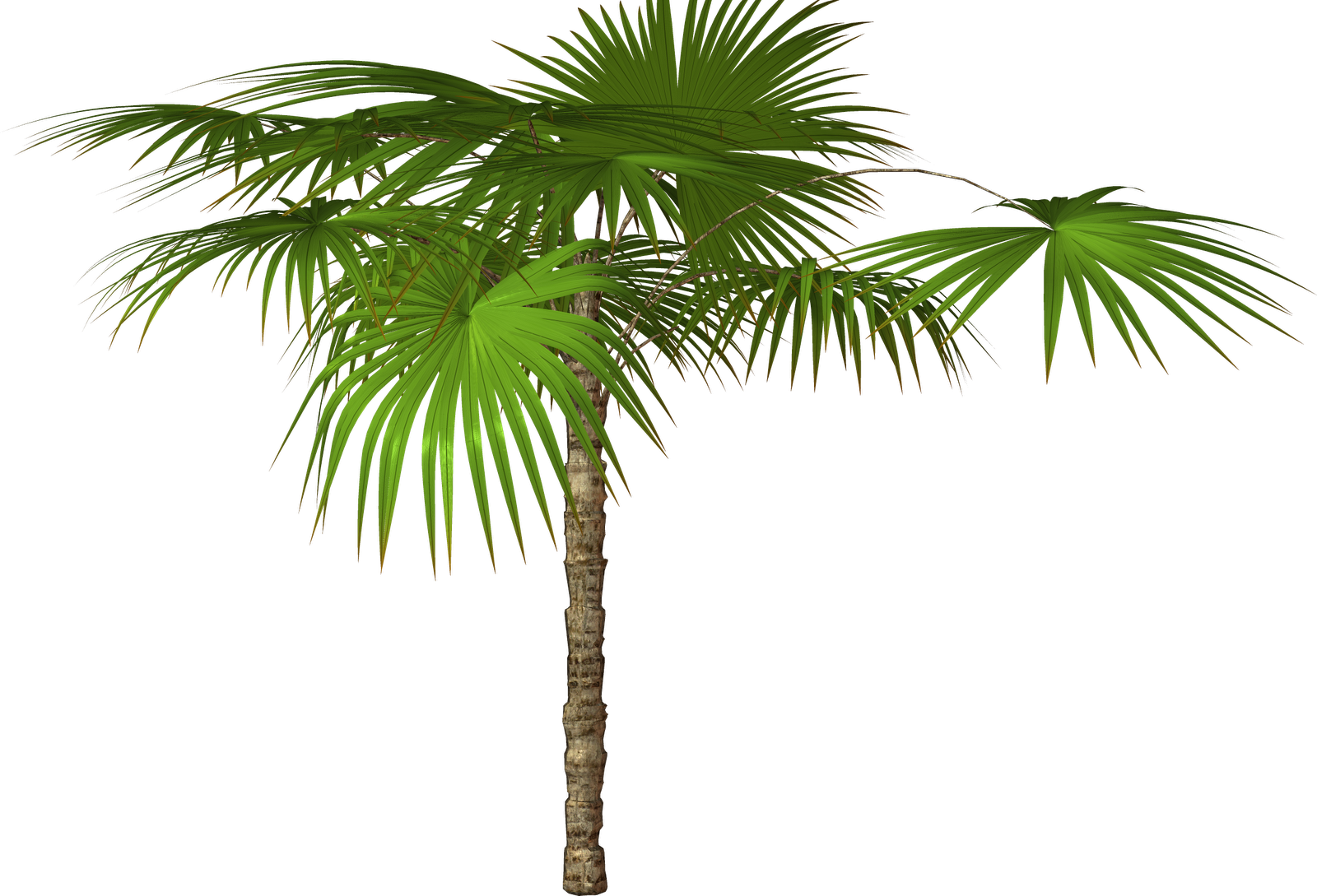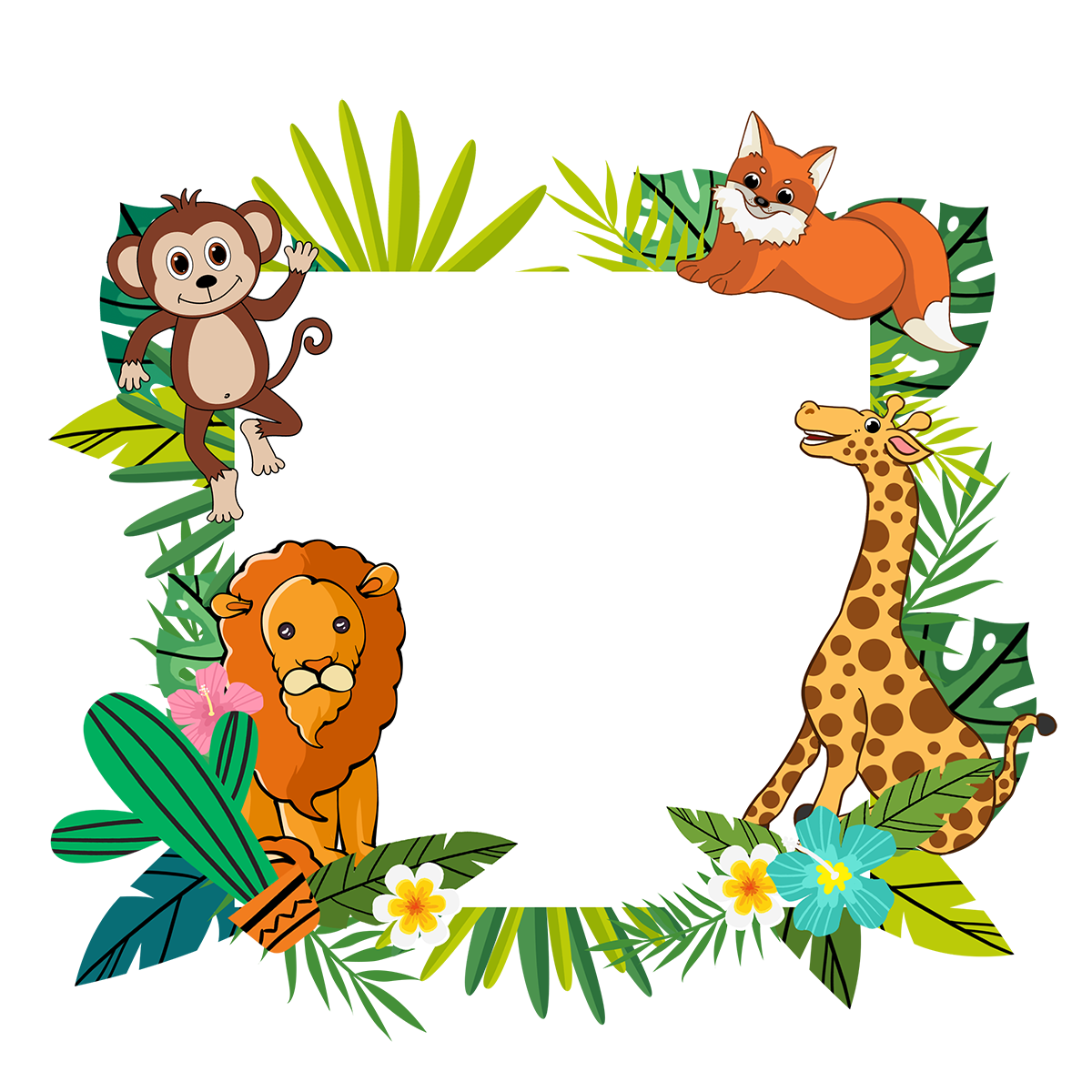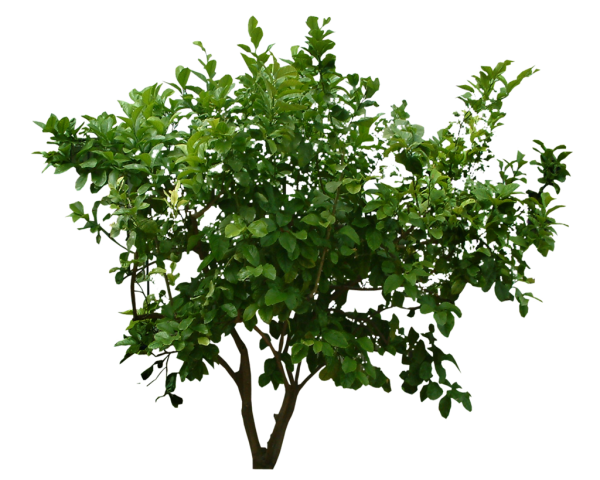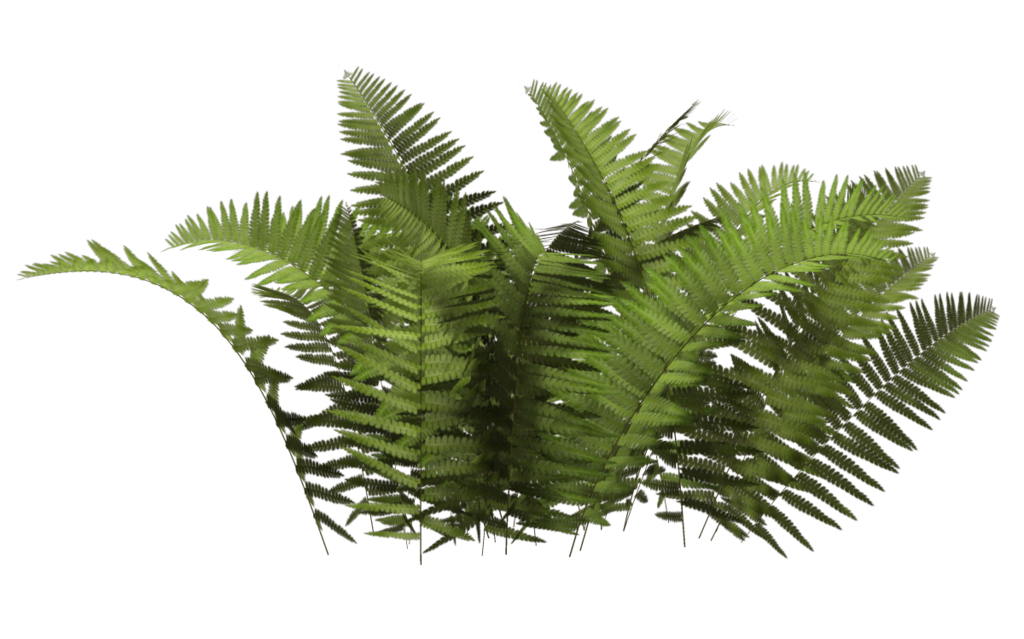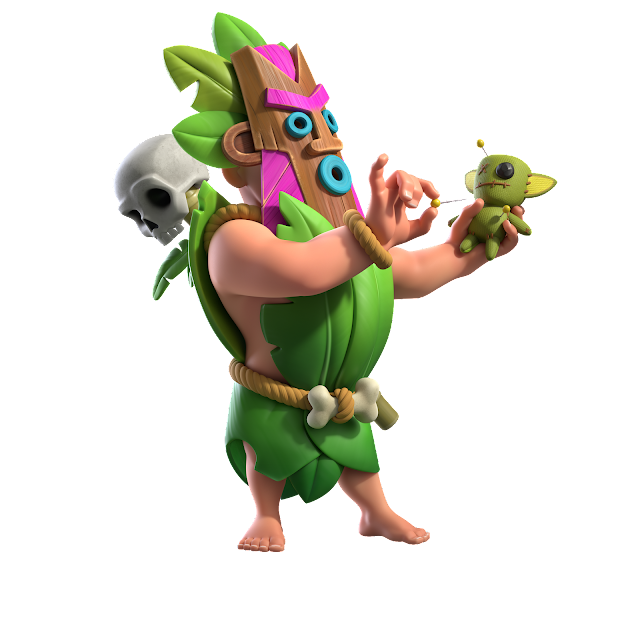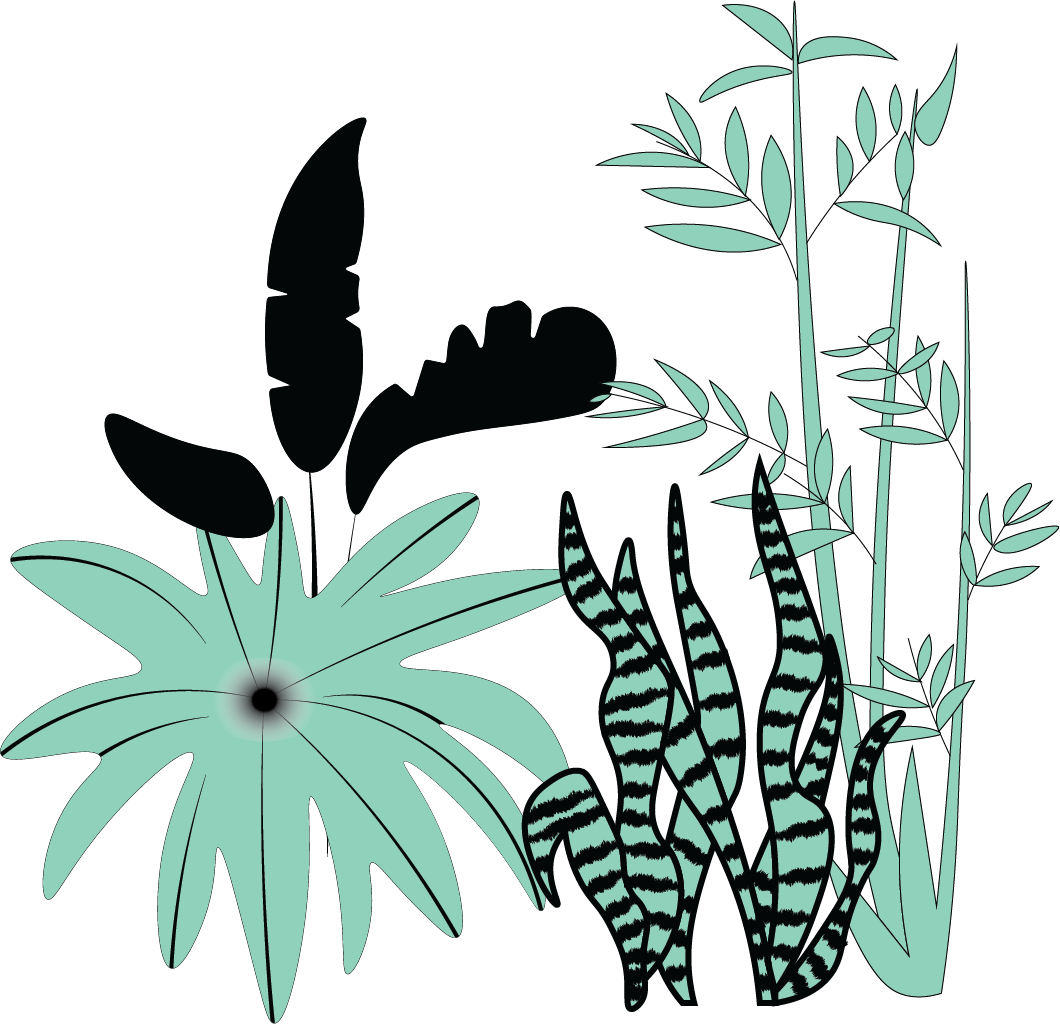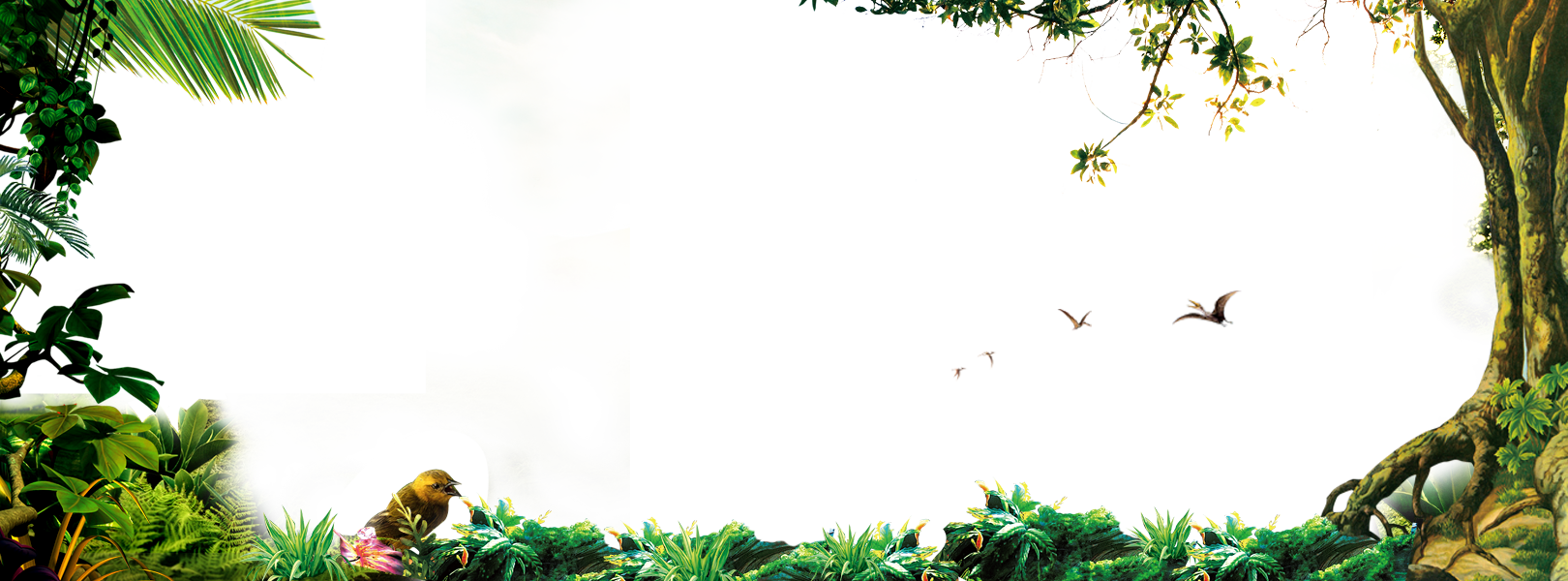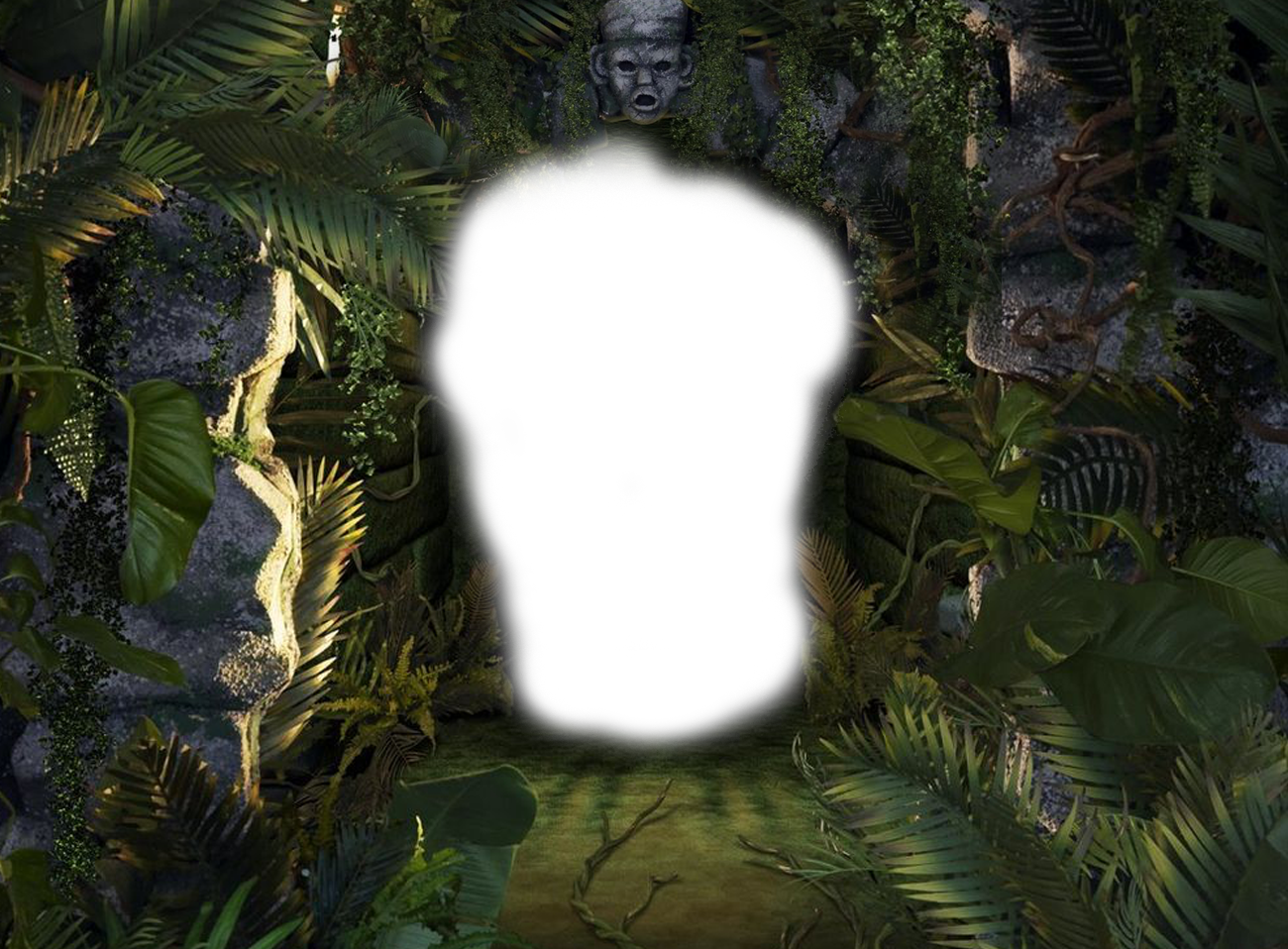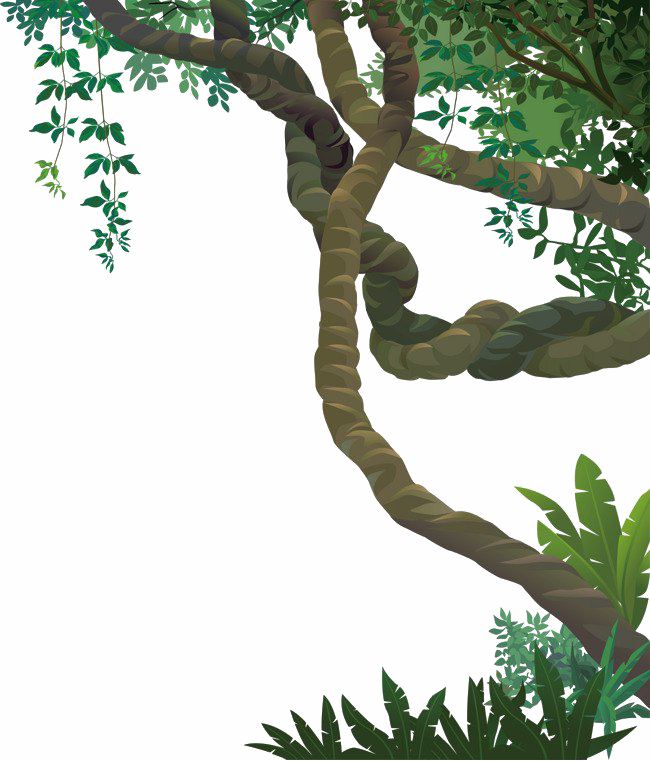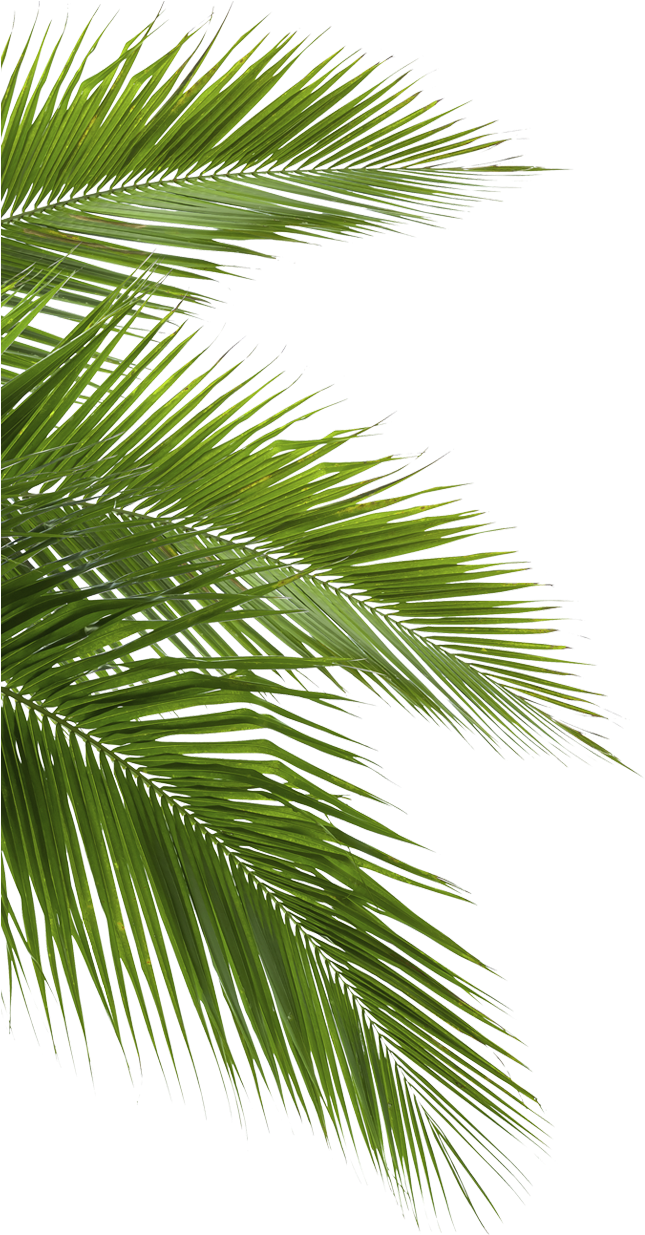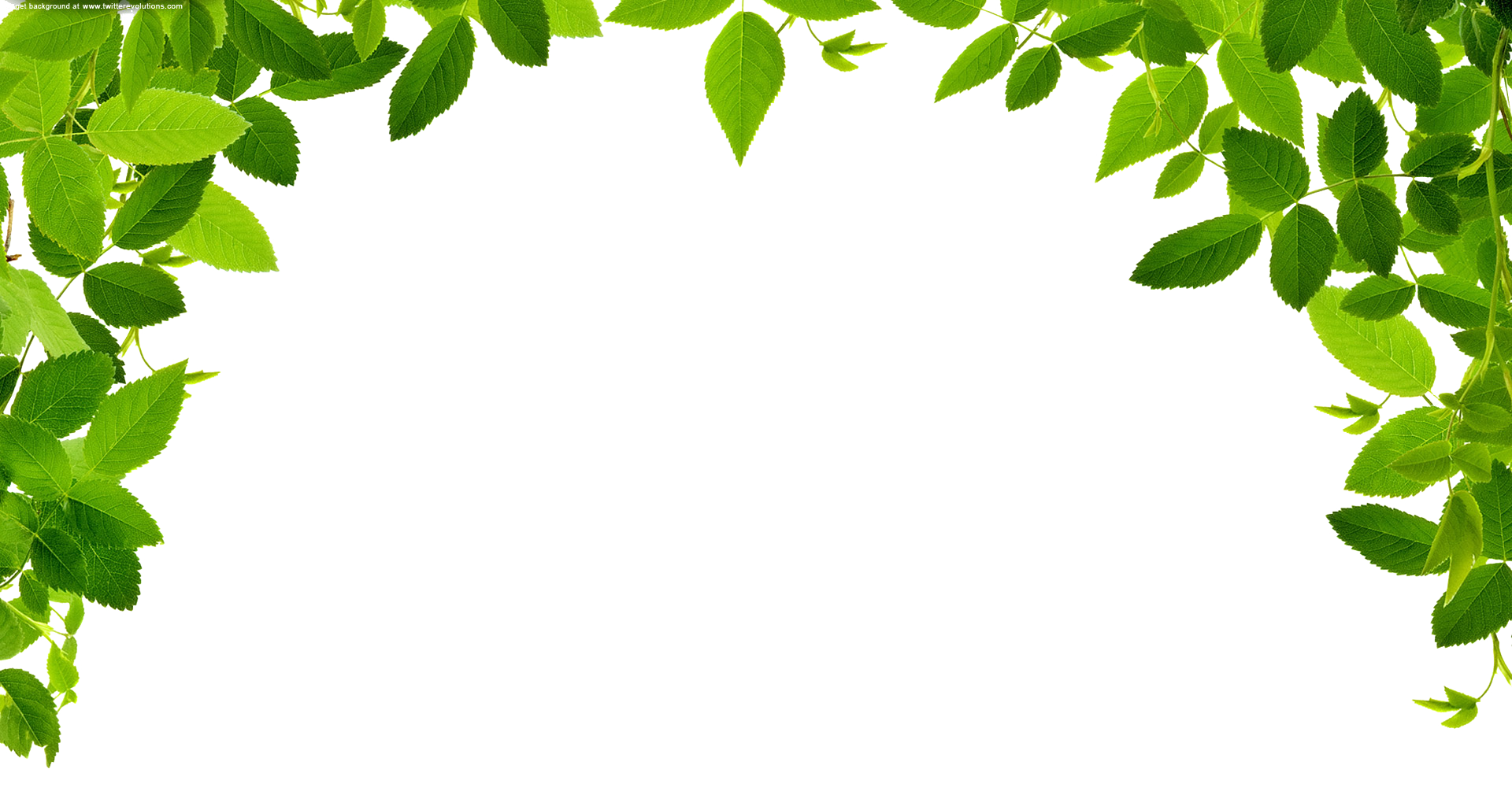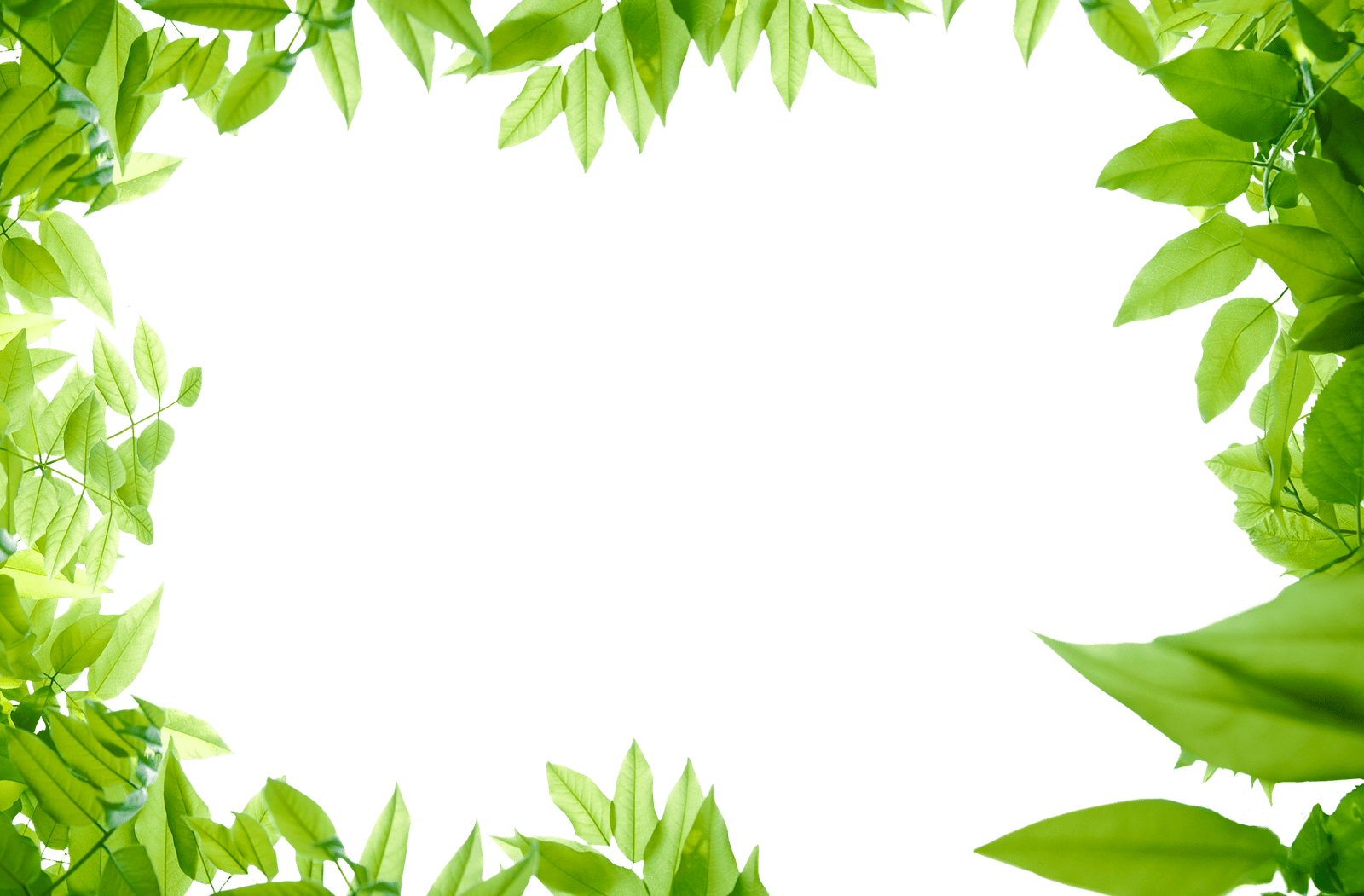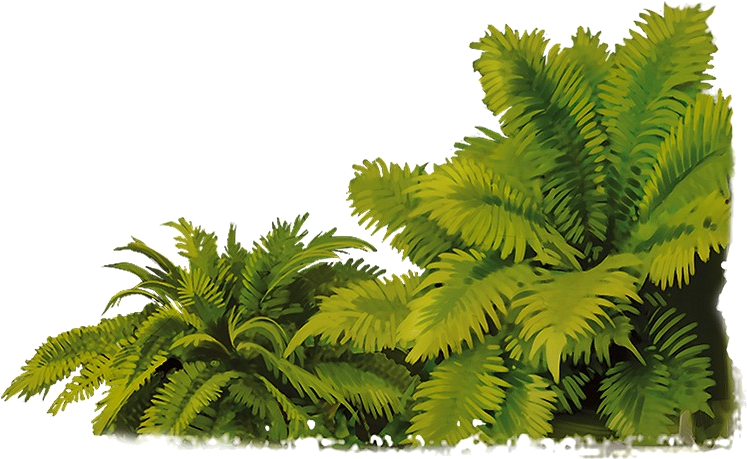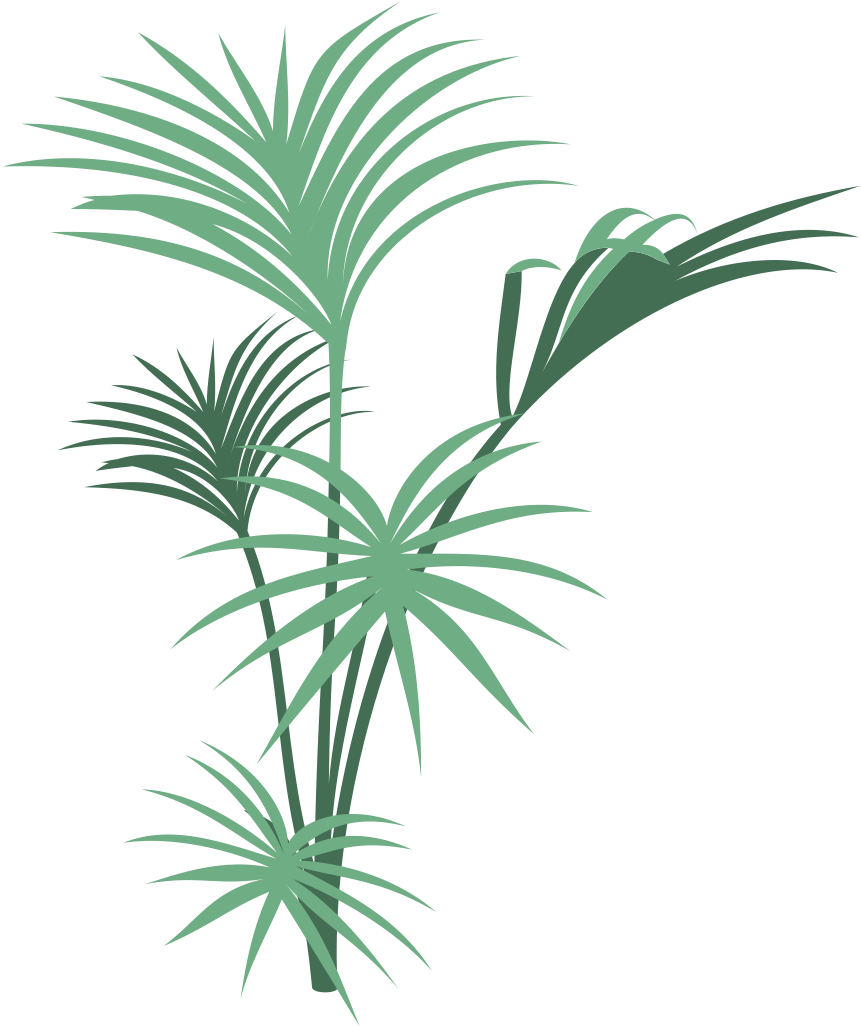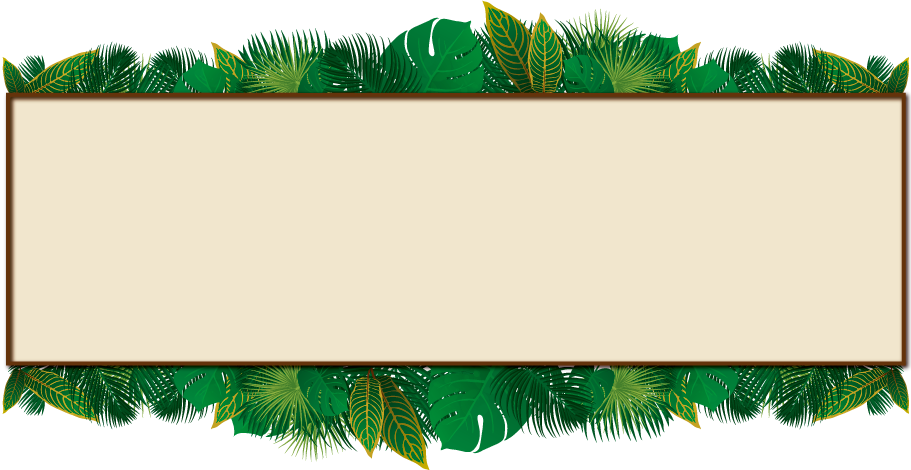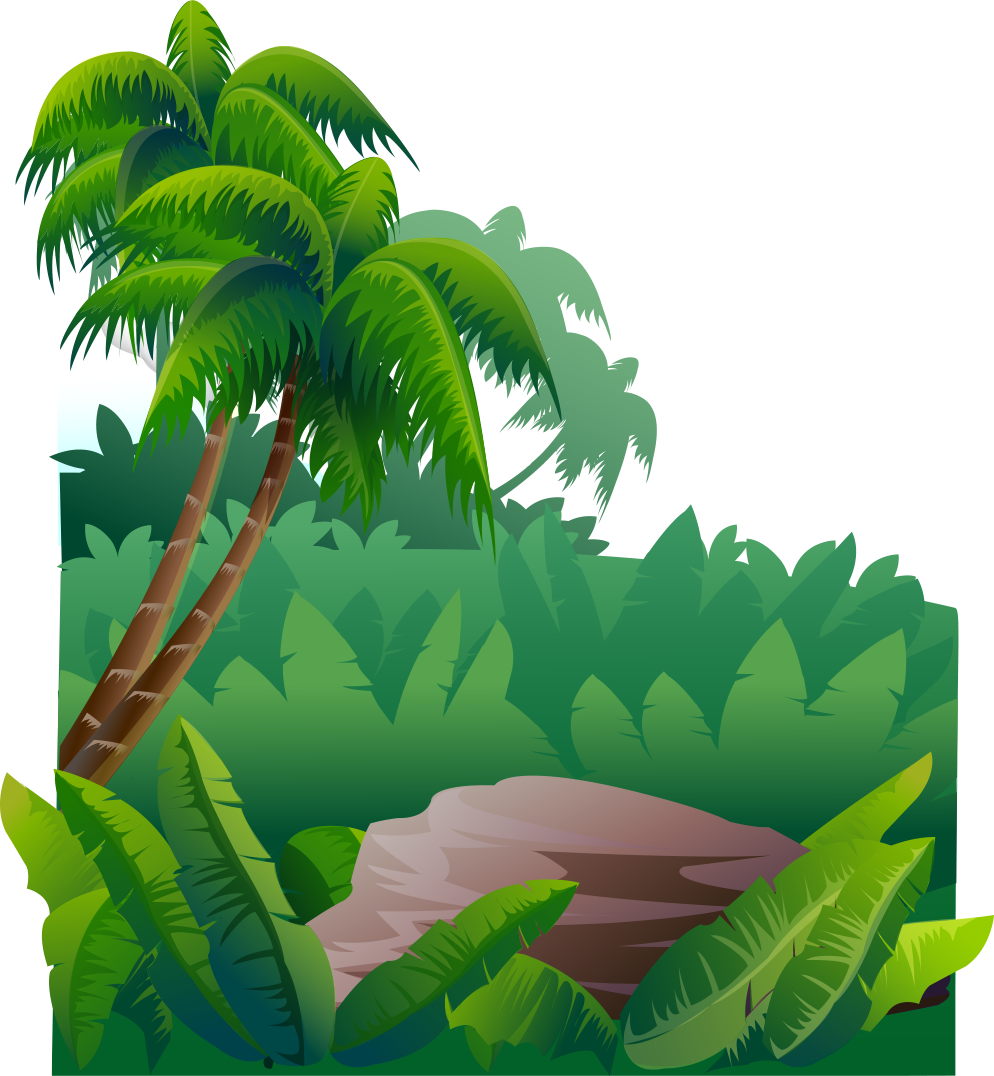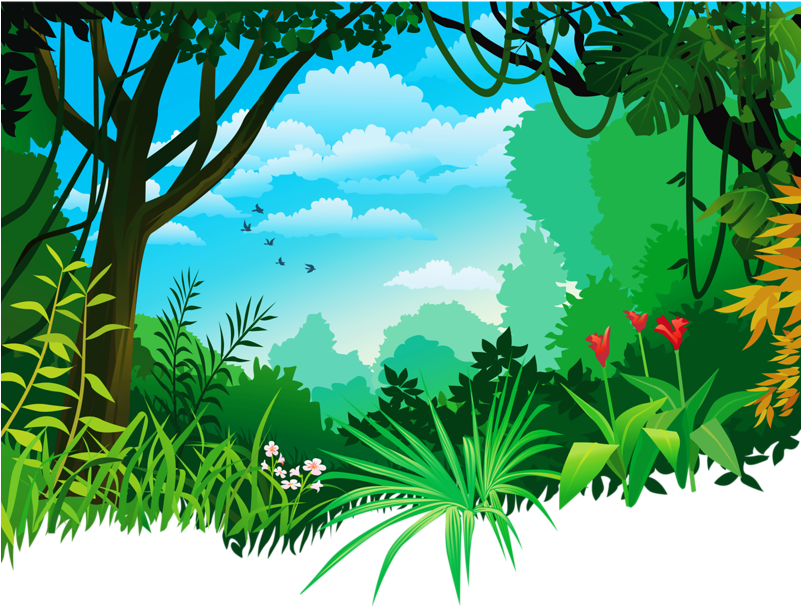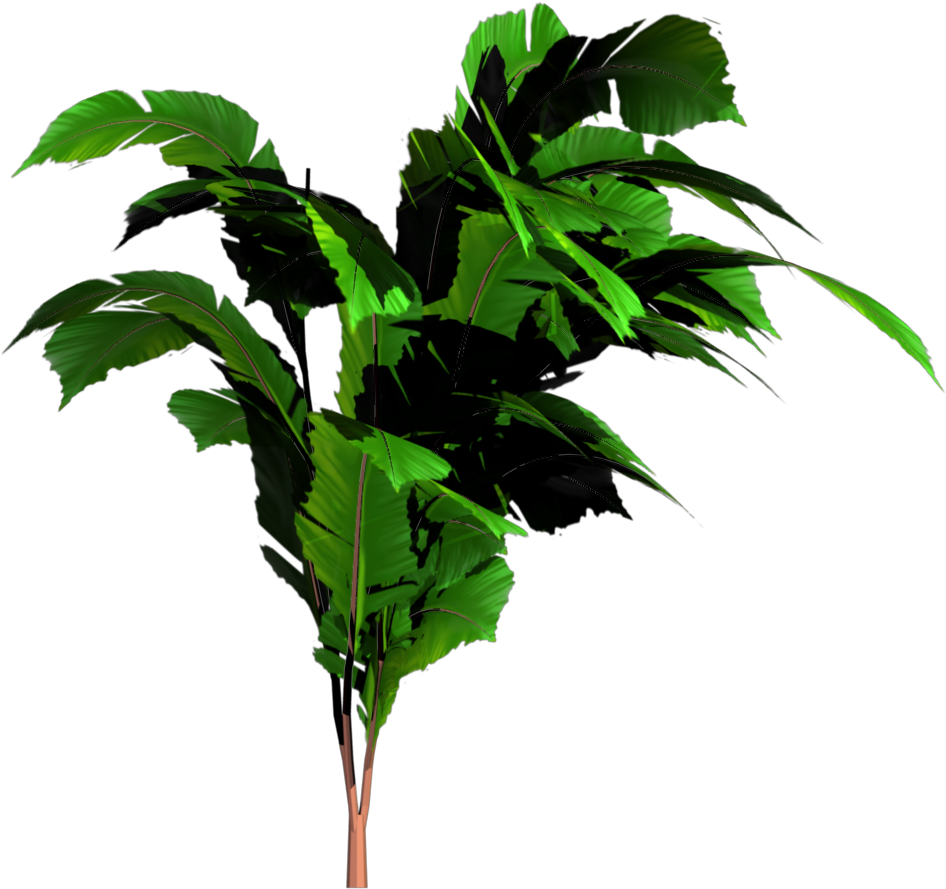Download top and best high-quality free Jungle PNG Transparent Images backgrounds available in various sizes. To view the full PNG size resolution click on any of the below image thumbnail.
License Info: Creative Commons 4.0 BY-NC
With tropical regions, a jungle is terrain covered in dense forest and tangled flora. Throughout the years, the phrase has been used in a variety of ways. Tropical woods were once referred to as jungles, but the term has gone out of favor since the 1970s.
Because European explorers first traveled into tropical woods via river, the thick tangled foliage surrounding the stream banks provided the false impression that jungle conditions extended throughout the forest. As a result, the entire forest was mistakenly considered to be impenetrable jungle.
As a result, the entire forest was mistakenly considered to be impenetrable jungle. This appears to have led to the second common meaning of jungle, which refers to any wet tropical woodland. The term “jungle” in this sense refers to tropical rain forests, but it can also apply to cloud forests, temperate rainforests, and mangroves, with no regard for vegetation structure or accessibility.
Since the 1970s, the terms “tropical forest” and “rainforest” have generally supplanted “jungle” as descriptors of humid tropical forests, a linguistic change. Prior to the 1970s, the word “rainforest” did not appear in English dictionaries. Prior to the 1970s, the word “jungle” accounted for over 80% of all terminology used to refer to tropical forests in print media; since then, “rainforest” has slowly supplanted it, however “jungle” continues in frequent usage when referring to tropical rainforests.
Jungle is commonly used as a metaphor for conditions that are chaotic or lawless, or where the sole rule is “survival of the fittest.” This reflects the belief that woodlands are such locations among “city people.” Upton Sinclair’s classic book on the life of employees in the Chicago Stockyards, The Jungle (1906), was given the title because it depicted the laborers as being cruelly exploited with no legal or other legitimate redress.
The term “The Law of the Jungle” is also used in a similar manner, albeit in the society of jungle animals shown in that book and clearly designed as a metaphor for human civilization, that phrase refers to a sophisticated set of laws which Kipling details in detail, rather than a chaotic anarchy.
Threat, perplexity, impotence, disorientation, and immobility are all sentiments evoked by the phrase “jungle,” which connotes untamed and uncontrollable nature and separation from civilisation. The switch from “jungle” to “rainforest” as the preferred name for tropical forests is a response to a growing understanding of these woods as delicate and spiritual places, a position that is at odds with “jungle’s” harsher connotations.
Cultural critics, particularly postcolonial critics, frequently examine the jungle through the lens of hierarchical oppression and the demands that Western cultures make on other civilizations to comply to their civilisational ideals.
For example, in his essay “An Image of Africa” about Heart of Darkness, Nigerian novelist and theorist Chinua Achebe notes how the jungle and Africa become a source of temptation for white European characters like Marlowe and Kurtz; and in his essay “An Image of Africa” about Heart of Darkness, Nigerian novelist and theorist Chinua Achebe notes how the jungle and Africa become a source of temptation for white European characters like Marlowe and Kurtz.
Download Jungle PNG images transparent gallery.
- Jungle Forest PNG File
Resolution: 1440 × 700
Size: 443 KB
Image Format: .png
Download
- Jungle Forest PNG Photo
Resolution: 846 × 265
Size: 355 KB
Image Format: .png
Download
- Jungle PNG Images
Resolution: 600 × 225
Size: 124 KB
Image Format: .png
Download
- Jungle Border
Resolution: 500 × 500
Size: 120 KB
Image Format: .png
Download
- Jungle Transparent
Resolution: 600 × 469
Size: 89 KB
Image Format: .png
Download
- Jungle Forest PNG Picture
Resolution: 784 × 543
Size: 81 KB
Image Format: .png
Download
- Jungle Forest PNG Pic
Resolution: 683 × 582
Size: 54 KB
Image Format: .png
Download
- Jungle Forest Transparent
Resolution: 1200 × 500
Size: 73 KB
Image Format: .png
Download
- Jungle PNG File
Resolution: 531 × 422
Size: 294 KB
Image Format: .png
Download
- Jungle PNG Cutout
Resolution: 784 × 543
Size: 37 KB
Image Format: .png
Download
- Jungle PNG Photos
Resolution: 1122 × 435
Size: 485 KB
Image Format: .png
Download
- Jungle Border PNG
Resolution: 500 × 500
Size: 119 KB
Image Format: .png
Download
- Jungle PNG Pic
Resolution: 512 × 512
Size: 46 KB
Image Format: .png
Download
- Jungle PNG Picture
Resolution: 850 × 636
Size: 869 KB
Image Format: .png
Download
- Jungle No Background
Resolution: 572 × 720
Size: 94 KB
Image Format: .png
Download
- Jungle Border PNG Image
Resolution: 1200 × 1200
Size: 523 KB
Image Format: .png
Download
- Jungle PNG HD Image
Resolution: 820 × 526
Size: 301 KB
Image Format: .png
Download
- Jungle Border PNG Photos
Resolution: 900 × 563
Size: 648 KB
Image Format: .png
Download
- Jungle PNG Images HD
Resolution: 1280 × 1280
Size: 959 KB
Image Format: .png
Download
- Jungle PNG Clipart
Resolution: 1600 × 1089
Size: 1134 KB
Image Format: .png
Download
- Jungle Border PNG File
Resolution: 1200 × 1200
Size: 627 KB
Image Format: .png
Download
- Jungle PNG Photo
Resolution: 600 × 480
Size: 369 KB
Image Format: .png
Download
- Jungle
Resolution: 1024 × 639
Size: 639 KB
Image Format: .png
Download
- Jungle PNG
Resolution: 640 × 640
Size: 206 KB
Image Format: .png
Download
- Jungle Forest PNG Images
Resolution: 512 × 512
Size: 73 KB
Image Format: .png
Download
- Jungle PNG Image
Resolution: 1060 × 1024
Size: 147 KB
Image Format: .png
Download
- Jungle Border PNG Photo
Resolution: 1620 × 600
Size: 1114 KB
Image Format: .png
Download
- Jungle Border PNG Cutout
Resolution: 1300 × 958
Size: 1876 KB
Image Format: .png
Download
- Jungle Forest PNG Image HD
Resolution: 650 × 761
Size: 505 KB
Image Format: .png
Download
- Jungle Forest
Resolution: 645 × 1235
Size: 1181 KB
Image Format: .png
Download
- Jungle Border PNG Pic
Resolution: 1920 × 1024
Size: 1328 KB
Image Format: .png
Download
- Jungle Border PNG Images
Resolution: 1600 × 1051
Size: 387 KB
Image Format: .png
Download
- Jungle Forest PNG Cutout
Resolution: 747 × 459
Size: 578 KB
Image Format: .png
Download
- Jungle PNG Image HD
Resolution: 861 × 1028
Size: 171 KB
Image Format: .png
Download
- Jungle Forest PNG
Resolution: 911 × 470
Size: 231 KB
Image Format: .png
Download
- Jungle Forest PNG Photos
Resolution: 994 × 1076
Size: 487 KB
Image Format: .png
Download
- Jungle Forest PNG HD Image
Resolution: 2401 × 2190
Size: 352 KB
Image Format: .png
Download
- Jungle Forest PNG Clipart
Resolution: 801 × 608
Size: 473 KB
Image Format: .png
Download
- Jungle Forest PNG Image
Resolution: 946 × 889
Size: 588 KB
Image Format: .png
Download
